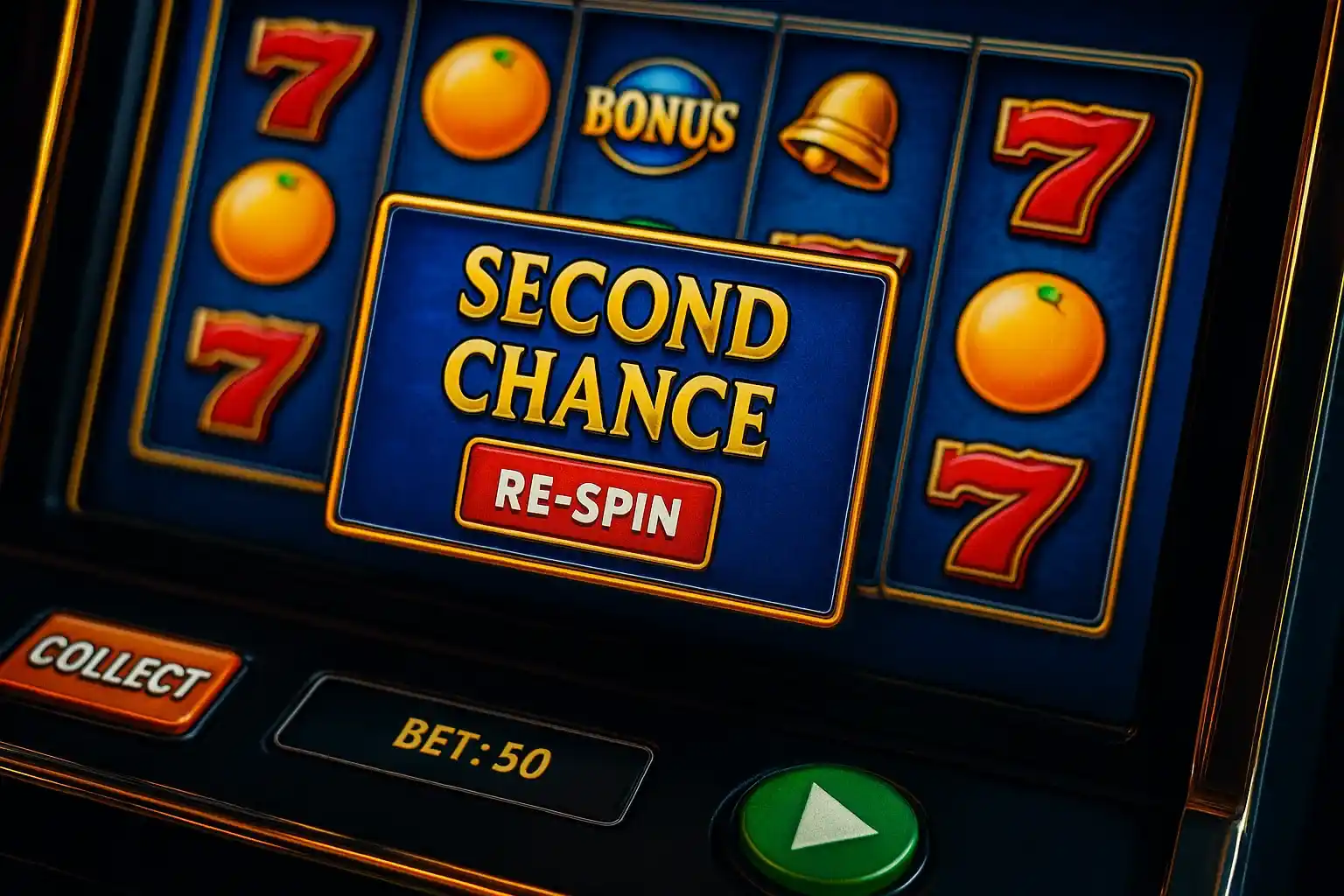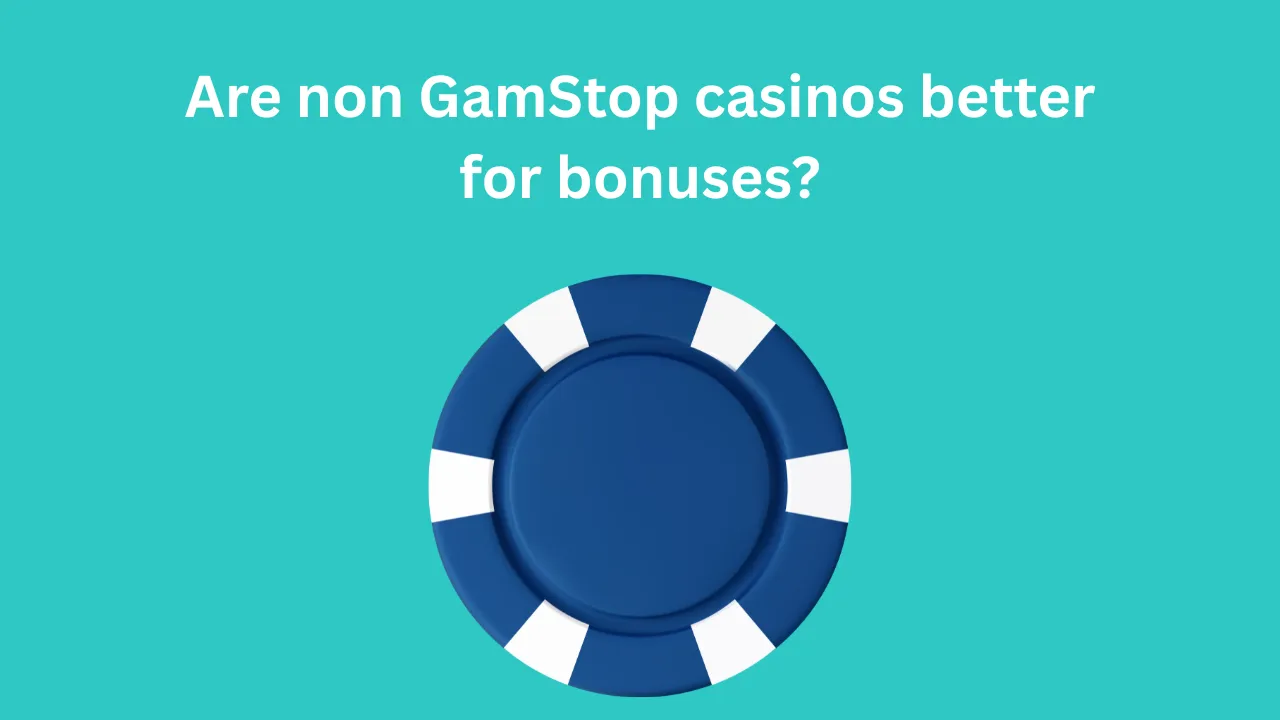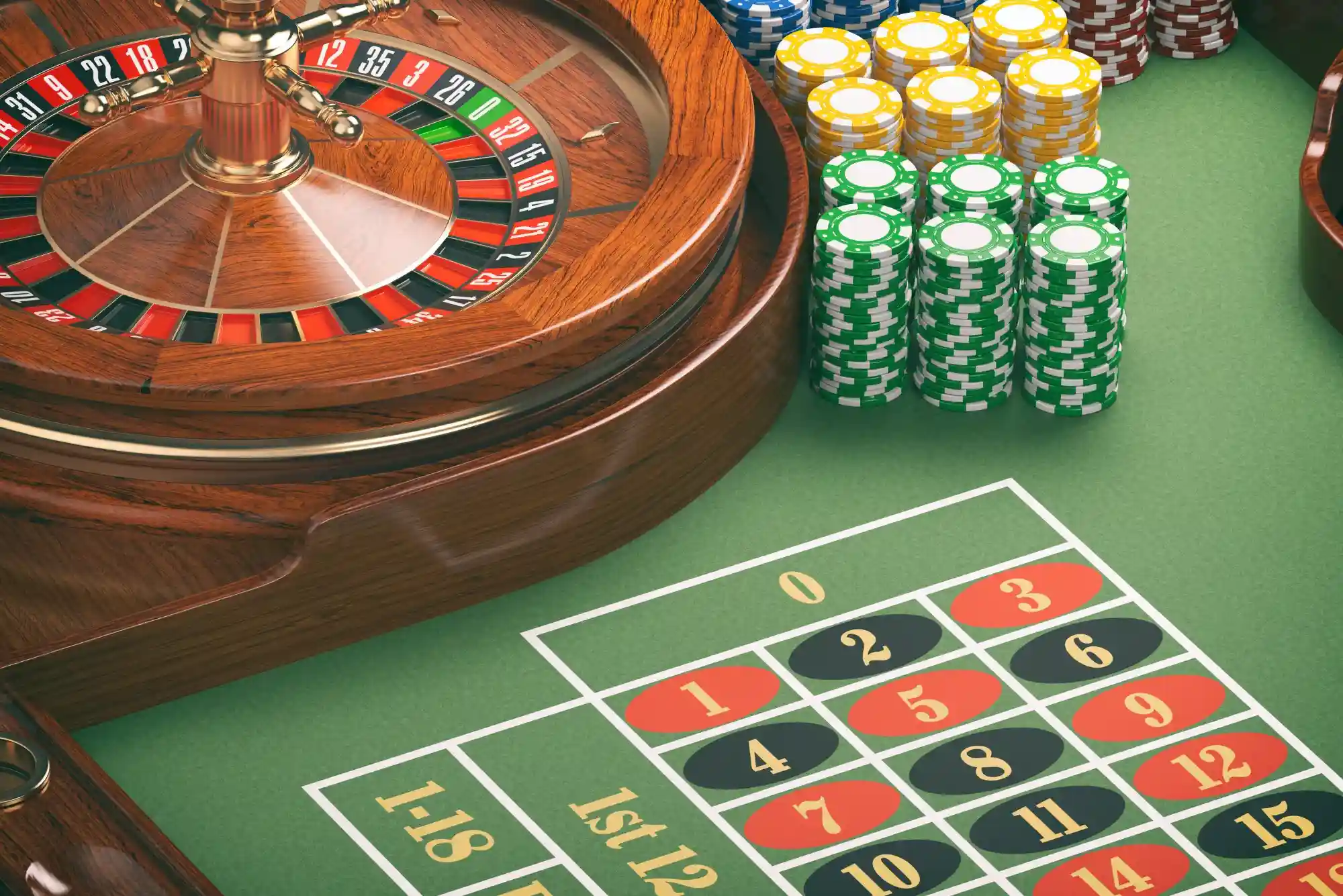I’ll never forget the first time I stumbled upon a slot offering a “Second Chance” bonus. I was in a bustling casino lobby, wavering between two new titles, and chose purely on intuition. To my surprise, after a near miss on the main reels, a gentle chime rang out and an overlay appeared: “Second Chance Bonus.” Suddenly, I was offered a free re-spin to turn that almost-winning combination into an actual payout. That moment hooked me instantly. Over years of testing game software and chatting with fellow players, I’ve come to realize just how cleverly these features are designed—and why they’ve become such a popular staple in modern slots.
The Origins of Second Chance Bonuses
Traditional slot machines offered straightforward mechanics: spin, match symbols on paylines, win or lose. But as developers sought to differentiate their titles, they introduced bonus rounds—mini-games layered on top of the base spin. The “Second Chance” concept emerged as an elegant bridge between base spins and full bonus games. Instead of shuttling players into a completely different screen, this feature gives one extra shot directly on the reels or via a small secondary board.
Early implementations were simple: a missed scatter symbol triggered a re-spin of just that reel. But as technology advanced, “Second Chance” bonuses grew in complexity, sometimes offering choices—“Hold or Re-Spin”—or awarding multipliers based on the outcome. These mechanics not only boosted player engagement but also gently nudged users to place larger bets, knowing they might recoup near-misses.
How Second Chance Features Work in Practice
When you activate a “Second Chance” feature, the game’s Random Number Generator (RNG) logic shifts temporarily. Instead of calculating outcomes for all symbols afresh, the RNG isolates the near-win cluster and offers a controlled re-spin of certain positions. This isn’t just a freebie—it’s carefully programmed to maintain the predetermined Return to Player (RTP) over thousands of spins.
In a typical implementation, if you land two out of three bonus symbols on reels 1, 2, and 3, the game might highlight the missing third symbol and grant you an immediate re-spin of reel 3. Some advanced titles highlight multiple reels or even scatter positions, giving you a choice of which reels to re-spin. Behind the scenes, developers set specific hit probabilities for these re-spins, ensuring that while players enjoy excitement, the game’s overall payout structure remains intact.
In parallel, many gamblers seeking less restrictive options explore casinos not on GamStop for smoother registration and gameplay. These platforms often adopt similar bonus features to attract players who value both convenience and engaging slot mechanics.
Types of Second Chance Mechanics
Single Reel Re-Spins
The most straightforward version targets one reel or symbol. If you collect all but one scatter icon, you automatically receive a free re-spin of that reel. It’s a quick, satisfying moment—almost cinematic—as the reels lock and spin in isolation.
Multi-Reel or Multi-Symbol Choices
Some games go further, highlighting multiple potential positions for re-spins or offering a mini board where you can pick one of several covered symbols. Each choice corresponds to a different probability and potential payout, introducing a light strategic element.
Multiplier Boosters
In certain designs, the second chance not only gives a re-spin but also attaches a multiplier to any resulting win. For example, a successful re-spin might double or triple the payout for that particular spin, adding an extra layer of excitement.
Balancing Player Perception and House Edge
The Psychological Impact
From a player’s perspective, second chance features feel generous. Near-misses are often the most frustrating moments in slots, and offering an extra spin turns potential disappointment into delight. Psychologically, this “safety net” encourages longer play sessions and higher average bets, because you sense the game is giving you a fair shake.
Maintaining RTP Integrity
Game designers must carefully balance these features so the RTP target—often between 95% and 97% for online slots—holds steady. To do this, they fine-tune the underlying probability tables. While re-spins feel like free chances, they are actually integrated into the main RTP calculation, ensuring the casino’s mathematical edge remains predictable.
Real-World Examples and Personal Observations
A few years ago, I tested a prehistoric-themed slot where nearly every scatter-triggered near-miss led to a “Second Chance” re-spin. The first dozen times I missed the third scatter, I groaned—until I hit it twice in a row with a 5× multiplier attached. That design choice kept me glued to my seat for well over an hour.
I later spoke with the head designer at that studio. She explained how their analytics showed a 15% increase in session length compared to base games without re-spins. More importantly, she noted a 10% uplift in average bet size, proving that players wagered more confidently, knowing the game offered a built-in consolation.
Best Practices for Players
If you enjoy second chance bonuses, look for clear indicators in a slot’s paytable or game rules. Titles often advertise “Free Re-Spins on Near Miss” or “Bonus Re-Spin Feature” upfront. Pay attention to how many re-spins you’re allotted, whether multipliers apply, and if you get to choose which reels to re-spin.
While these features can boost your experience, always set a budget. Re-spins can encourage more play, which might exceed your planned session length if you’re not careful.
Future Trends: Evolving Second Chance Concepts
As slot technology evolves, we’re seeing hybrid bonus systems that blend second chance re-spins with cascading reels, expanding wilds, or even skill-based mini-games. Imagine a future where a near-miss triggers a short puzzle or decision tree, turning a simple re-spin into a deeper interactive event. Virtual reality slots might present second chance moments in immersive 3D environments, letting you physically press a virtual lever for extra thrills.
Developers are also exploring cross-game bonuses: near-misses in one title might trigger re-spins or mini-games in another linked game, creating a networked ecosystem that rewards loyalty across multiple slots.
Conclusion
“Second Chance” bonus features add a clever twist to traditional slot play, transforming near-misses into renewed opportunities. By isolating re-spins, offering choices, and even applying multipliers, these mechanics enhance excitement without compromising the casino’s edge. For players, they mean more engagement, more memorable moments, and a feeling that the game is truly on their side. Whether you’re spinning in a land-based casino or exploring the liberties of casinos not on GamStop, keep an eye out for these features—they might just turn your next near-miss into your biggest win.





